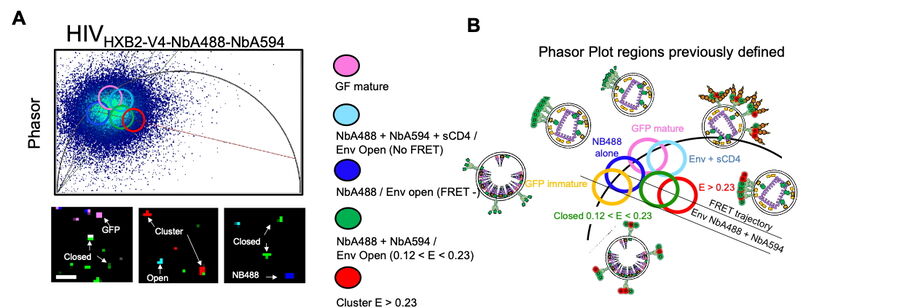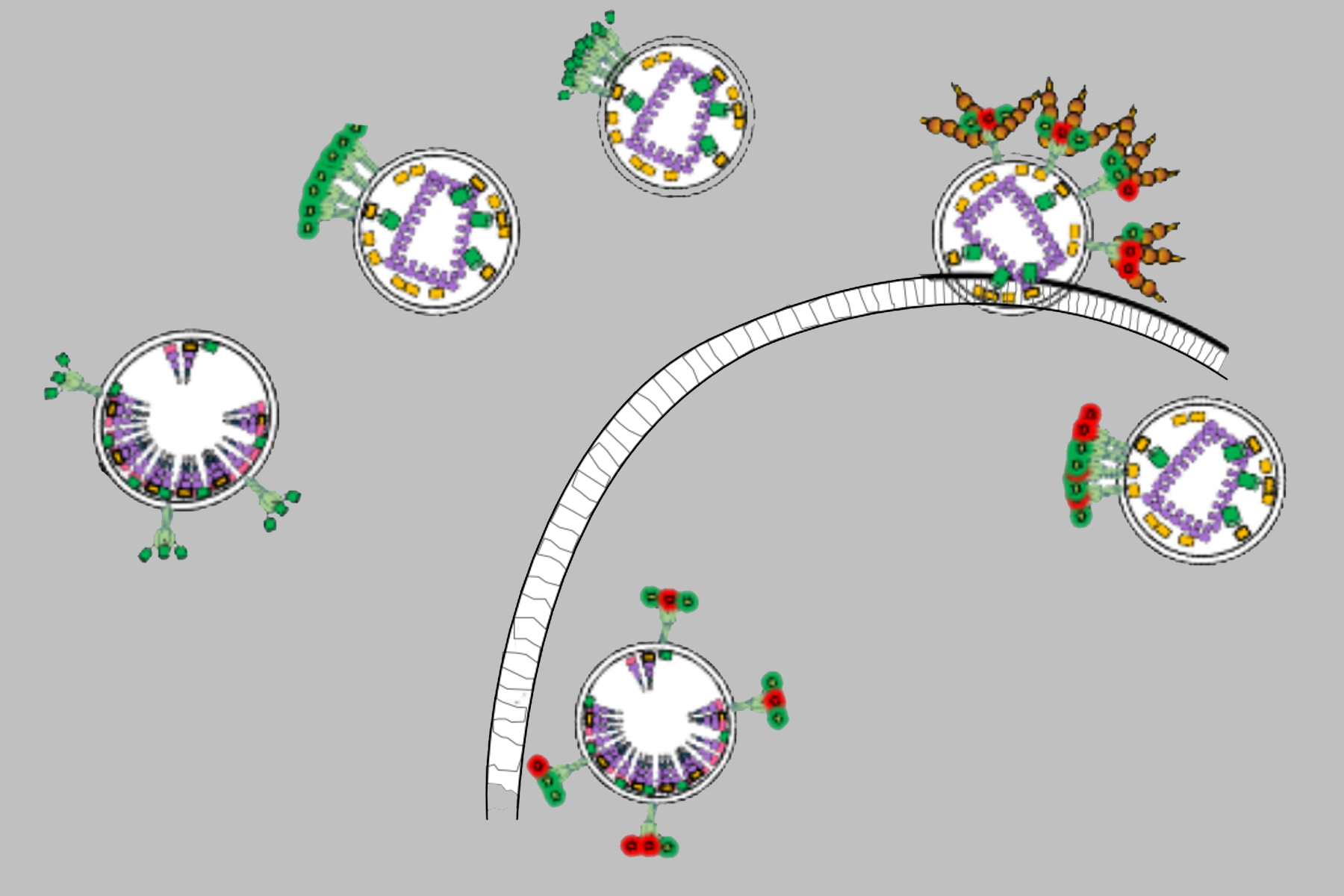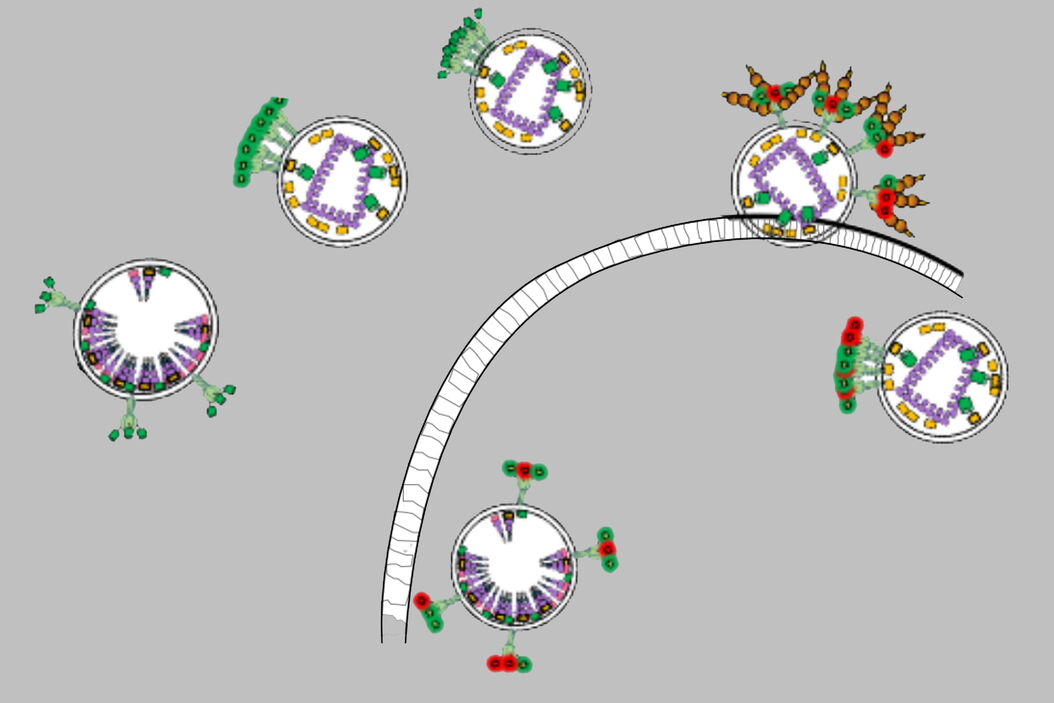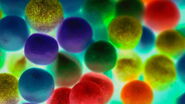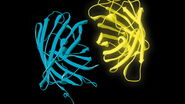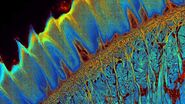Carlon-Andres, I., Malinauskas, T. & Padilla-Parra, S.:
Structure dynamics of HIV-1 Env trimers on native virions engaged with living T cells
Commun Biol 4, 1228 (2021).
In this article, we focus on the molecular mechanism of the Env protein as it interacts with T cell, the primary target of HIV-1 [Carlon-Andres I et al 2021]. Multiphoton and fluorescence lifetime imaging microscopy allow us to evaluate the inter and intramolecular dynamics of this process on the interface between the native virions and the live cells. We have found that Env cluster distribution is determined by the degree of maturation of virus particles and interrelates with the opening and closure of Env. Moreover, when exposing T cells with HIV-1 particles we found that different broadly neutralizing antibodies, targeting different epitopes, are able to disrupt Env cluster dynamics regardless Env epitope.
These results point to the importance of imaging HIV-1 particles when engaged with the host. In this setting, we show the importance of Env intermolecular association in immune evasion.
